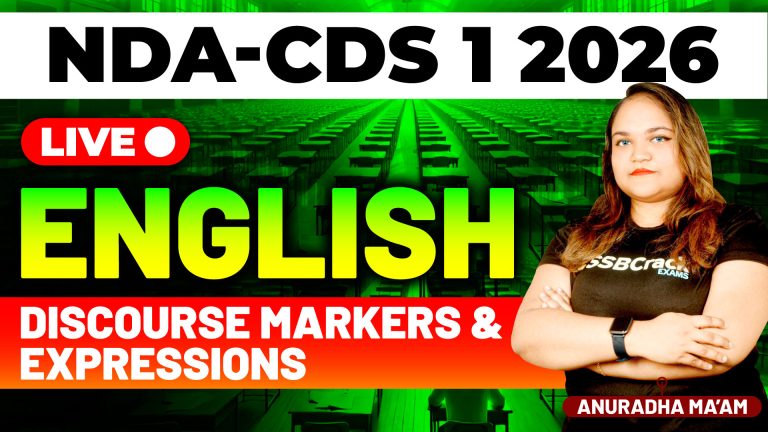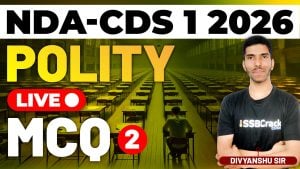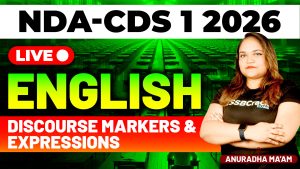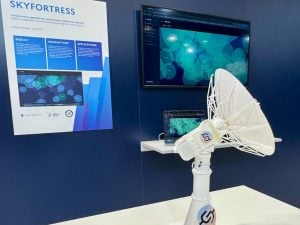The Combined Defence Services (CDS) exam requires a strong understanding of Mathematics, and Mensuration 2D is an important topic. A recent class focused on this area, helping students practice questions on the area and perimeter of different shapes. The session aimed to improve problem-solving skills and prepare aspirants for the exam. Below is an overview of the class and some key strategies to master Mensuration 2D.
Why Practicing MCQs is Important
The class highlighted the importance of solving multiple-choice questions (MCQs) to prepare effectively. Here’s why:
1. Strengthens Concept Clarity
- Practicing MCQs helps students apply their knowledge of shapes, area, and perimeter in different scenarios.
- Regular practice improves understanding and boosts confidence.
2. Increases Speed and Accuracy
- Solving MCQs under timed conditions helps students work faster without making mistakes.
- Learning to recognize question patterns reduces time spent on each problem.
3. Identifies Weak Areas
- Attempting different questions helps students understand which topics need more attention.
- Focusing on weak areas leads to steady improvement.
4. Prepares for Exam Conditions
- Practicing MCQs regularly makes students comfortable with the exam format.
- Exposure to different question styles builds confidence and reduces stress on exam day.
5. Improves Decision-Making
- MCQs can have tricky options. Regular practice helps students quickly eliminate wrong answers.
- Better decision-making helps avoid mistakes and improves overall performance.
Key Strategies for Preparation
To do well in Mensuration 2D, it is important to follow a structured study plan. Here are some useful strategies:
1. Understand the Basics
- Learn the properties of different shapes and how to calculate their area and perimeter.
- Relate these concepts to real-life examples for better understanding.
2. Practice Daily
- Solve different types of questions regularly, starting from basic to advanced problems.
- Use previous years’ exam papers to understand the question patterns.
3. Manage Time Effectively
- Solve questions within a set time to improve speed and accuracy.
- Use simple tricks to solve problems quickly without losing accuracy.
4. Learn from Mistakes
- Analyze mistakes made during practice and focus on improving those areas.
- Avoid common errors like misreading diagrams or misapplying formulas.
5. Use the Right Study Materials
- Refer to good books, online videos, and mock tests for better understanding.
- Make short notes for quick revision before the exam.
6. Attempt Mock Tests
- Take full-length practice tests to experience the real exam environment.
- Focus on accuracy to avoid negative marking.
Conclusion
The class on Mensuration 2D provided students with valuable practice and exam strategies. By solving MCQs, improving problem-solving skills, and following a structured study plan, aspirants can strengthen their preparation. Consistent practice, smart time management, and a focused approach will help in mastering Mensuration 2D and boosting overall performance in the CDS exam. Stay dedicated, keep practicing, and success will follow!



















